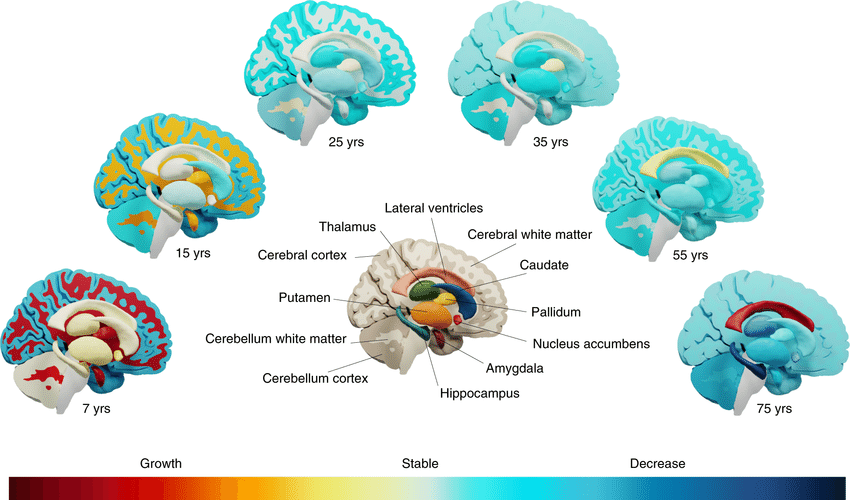Understanding how the brain develops is a complex scientific challenge. Two key factors play a major role: genetics and environment.
Genes: The Instruction Manual
Our genes act as the instructions for building the brain. They code for proteins that control the formation, organization, and communication of brain cells. Studies comparing the brains of identical and fraternal twins have shown that genes influence the size, structure, and connectivity of the brain.
Environment: Shaping the Brain Throughout Life
The environment doesn't just influence us during our upbringing. It continuously shapes the brain throughout life. Early experiences, especially during critical development periods, can have a significant impact on brain architecture and function.
Enriched environments, filled with stimulation, positive social interactions, and learning opportunities, are known to promote the growth of new neurons, strengthen connections between brain cells, and improve cognitive abilities. Conversely, limited environments lacking in stimulation can hinder brain development and increase the risk of cognitive problems.
Epigenetics: The Interplay Between Genes and Environment
Epigenetics is a field of science that explores how the environment can influence gene expression without changing the underlying DNA code. These modifications can be triggered by factors like stress, nutrition, and early experiences.
Epigenetics helps explain how experiences can leave a lasting impact on the brain, potentially even affecting future generations. Studying these mechanisms is crucial for developing strategies to optimize brain development and prevent neurological disorders.
High-Quality Research Tools Are Essential
Neuroscientists rely on specialized tools to study brain development. These tools, like the reagents offered by Gentaur Group, must be reliable and consistent to ensure accurate and reproducible research findings. Gentaur's commitment to providing high-quality research tools empowers scientists to gain a deeper understanding of how genes and environment interact to shape the brain throughout life. (For more information, clic Here.)

Conclusion
The intricate dance between genetics and environment shapes the development and function of the brain. Genes provide the blueprint, while the environment acts as a sculptor, influencing the brain's structure and abilities throughout life. Further research into this interplay is essential to unlock the full potential of the brain and improve brain health across the lifespan.

Genetics and Environment: Shaping Brain Development